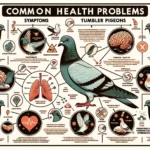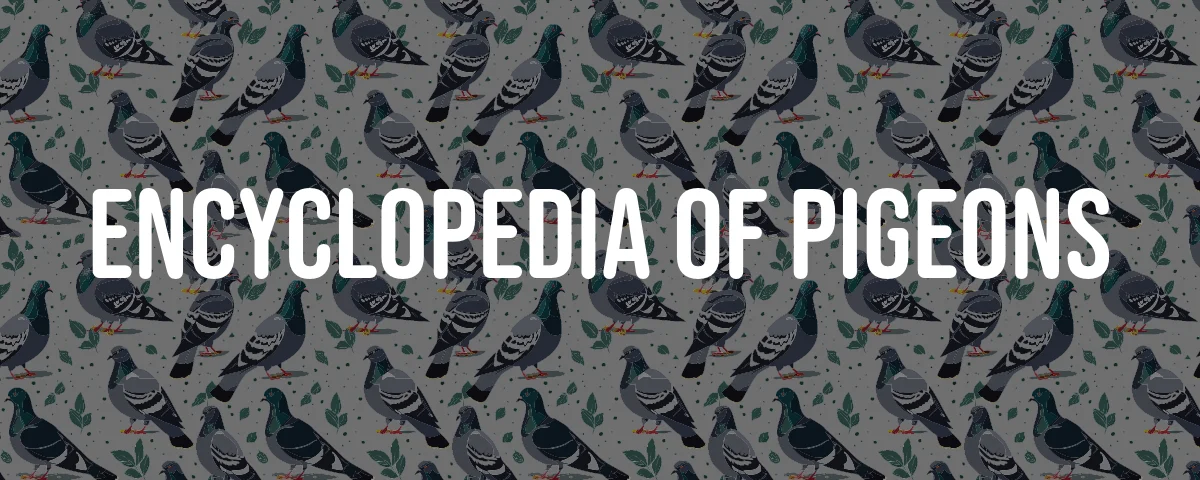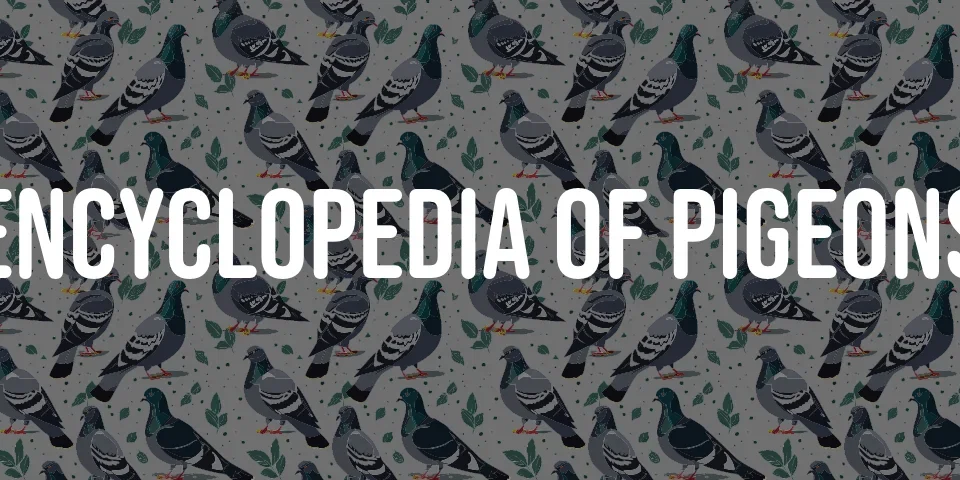Origin
The English Fantail, also known as just Fantail, is a highly developed breed of fancy pigeon. It is believed to have originated in India, but there are also early references to it in Spain and China. The exact origin of the breed is not clear.
Breed Characteristics
The English Fantail is a medium-sized pigeon with a distinct fan-shaped tail composed of 30 to 40 feathers, which is abnormally more than most members of the pigeon family. The body is compact, with a rounded breast and a small head. They have bright, clear eyes and a short, curved beak. The birds come in various colors and patterns, including black, blue, dun, red, white, silver, and yellow.
Temperament
Fantail pigeons are known for their friendly and docile personalities. They are relatively calm and not easily frightened, making them great pets. They are also quite curious and love to explore their surroundings. However, they are not particularly vocal birds and do not make a lot of noise.
Preferred Living Conditions
When it comes to housing Fantail pigeons, it is important to provide them with a safe, comfortable, and clean environment. Some factors to consider include:
- Providing enough floor space, at least 2 to 3 square feet per bird.
- Having a well-ventilated and weatherproof coop or aviary.
- Using clean and absorbent bedding material, such as pine shavings or straw.
- Providing perches for the birds to roost on.
- Ensuring proper ventilation and insulation.
Usage
The English Fantail is primarily bred for exhibition purposes and is a popular breed among pigeon fanciers. It has been selectively bred to produce a wide variety of sub-breeds, including the Indian Fantail, American Fantail, and German Beauty Homer.
| Key Facts | Details |
|---|---|
| Origin | India, with early references in Spain and China |
| Breed Characteristics | – Medium-sized pigeon – Fan-shaped tail composed of 30 to 40 feathers – Compact body with rounded breast – Small head with bright, clear eyes – Short, curved beak – Various colors and patterns |
| Temperament | Friendly, docile, curious, not vocal |
| Preferred Living Conditions | – Safe, comfortable, and clean environment – Adequate floor space – Well-ventilated and weatherproof coop or aviary – Clean and absorbent bedding material – Perches for roosting – Proper ventilation and insulation |
| Usage | Primarily bred for exhibition purposes |






